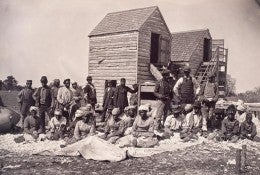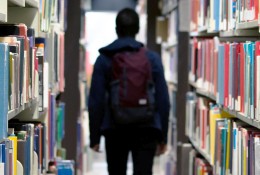Land loss has plagued Black America since emancipation — is it time to look again at ‘Black commons’ and collective ownership?

Land loss has plagued Black America since emancipation — is it time to look again at ‘Black commons’ and collective ownership?

As other cities consider defunding police, Houston increases HPD’s budget
In the past 20 years, many social functions and gaps in city services have fallen to police departments, which, at the same time, have been acquiring more paramilitary equipment. Now, as cities face large budget deficits because of revenue losses from the COVID-19 pandemic and protestors call for defunding the police, it's yet to be seen how police services will be affected.

Protests, public space and the remaking of cities
Highways that divide neighborhoods, crumbling local streets, poorly maintained public spaces and proximity to unhealthy industrial sites — impact black and brown communities far more than wealthier, predominately white neighborhoods. These inherent inequalities in the nation’s infrastructure systems are problems that arise from decades of racial inequality and disinvestment.

Militarization has fostered a policing culture that sets up protesters as ‘the enemy’
As a former police officer of 27 years and a scholar who has written on the policing of marginalized communities, I have observed the militarization of the police firsthand, especially in times of confrontation.

Per-pupil spending for poor students is too low in Texas
Researchers have developed a cost model to estimate the amount of funding needed to achieve national-average outcomes for poor students in each state. Their research shows Texas falls far short of adequate funding, and the Houston Independent School District spends less than half of what would be needed to achieve national-average outcomes.

Rice University
Kraft Hall
6100 Main Street, Suite 305
Houston, TX 77005-1892